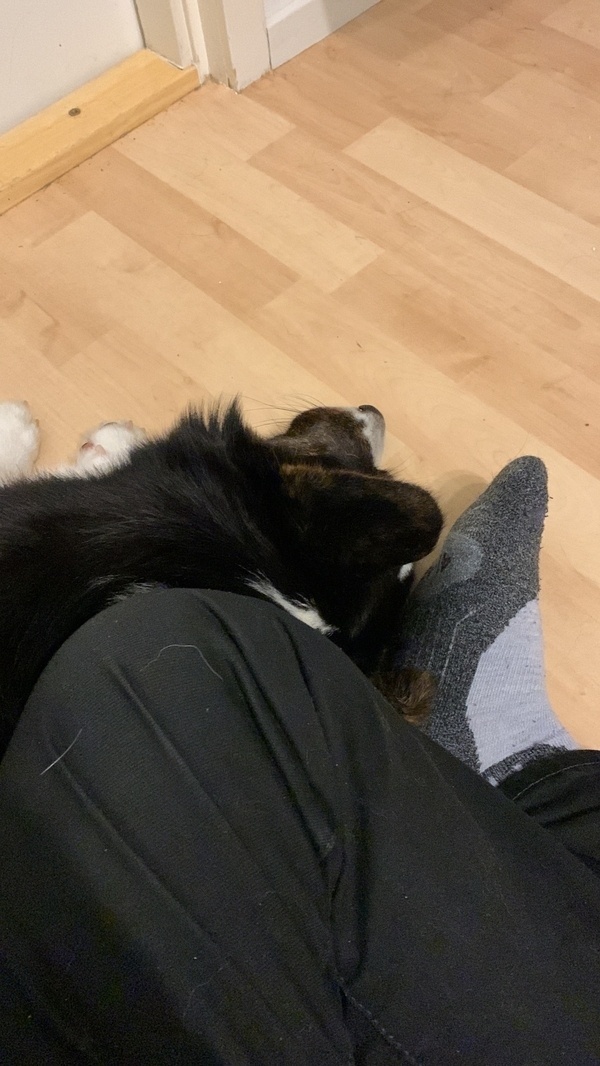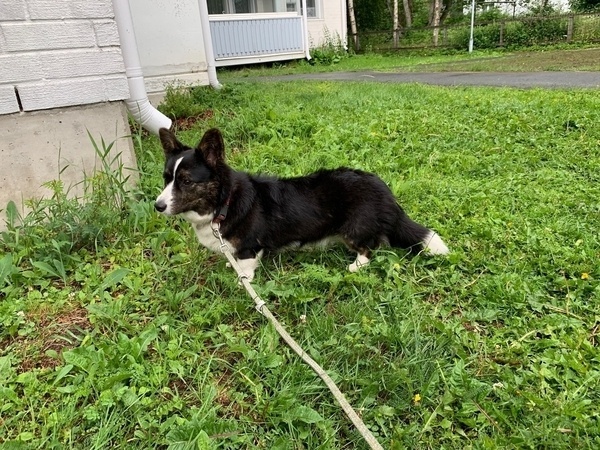DailyDogo 261 🐶

DailyDogo 261 🐶

DailyDogo 260 🐶

DailyDogo 259 🐶

DailyDogo 258 🐶

DailyDogo 257 🐶

My note taking system consists of three different pieces:
Types 2 and 3 are very much related, although different in the sense, that a type 2 note is not necessarily interesting enough to be mentioned in a type 3 note. And a type 3 note is not so concerned with creating or maintaining momentum, but more with creating a record of what happened.
Type one notes are different in the sense that they should be more interlinked and add up to trees of notes that in turn act serendipity-enhancing on the interface between thinking and writing (including coding). You want to treat those kinds of notes differently and keep them separate. This is where the good stuff lives. Insights from type 2 and 3 notes might end up becoming a type 1 note.
A type 1 note is not the place to keep a record, though. It represents my latest stance on a topic, the latest formulation of an idea. They exist to be refactored and to be changed in any way that seems appropriate.
DailyDogo 256 🐶

DailyDogo 255 🐶

DailyDogo 254 🐶

DailyDogo 253 🐶

DailyDogo 252 🐶

DailyDogo 251 🐶

DailyDogo 250 🐶

DailyDogo 249 🐶

DailyDogo 248 🐶

DailyDogo 247 🐶

DailyDogo 246 🐶

Phew! And with that the DailyDogo streak is repaired and more regularly scheduled posting will return. Many of the photos are curtesy of my partner and best friend E. Who took care of the little whirlwind alone while I was in Germany, visiting family.
DailyDogo 245 🐶

DailyDogo 244 🐶

DailyDogo 243 🐶
DailyDogo 242 🐶

DailyDogo 241 🐶

DailyDogo 240 🐶
DailyDogo 239 🐶
